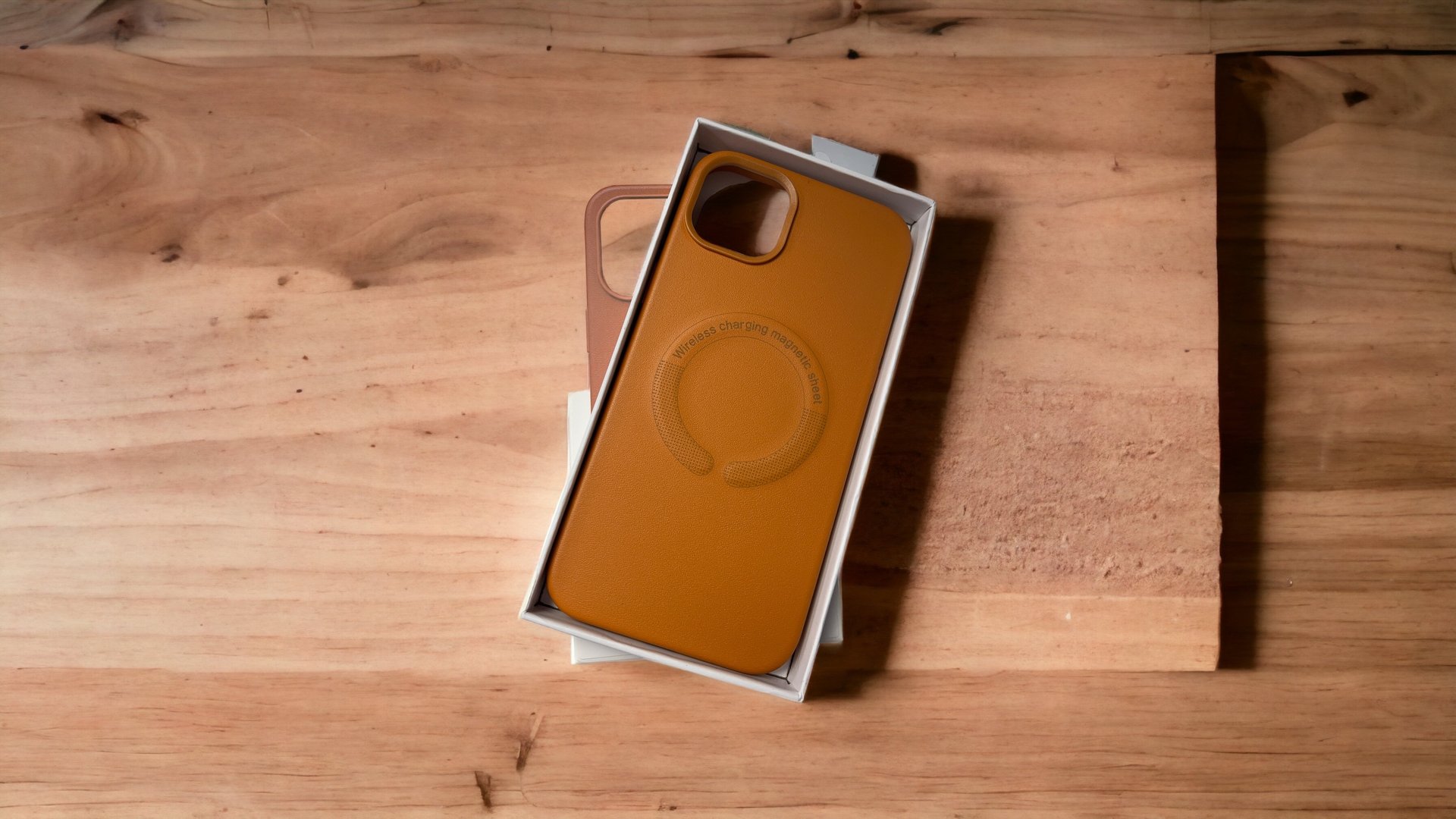What is Space Junk?
페이지 정보
작성자 Sheree 작성일24-04-27 19:45 조회3회 댓글0건관련링크
본문
 During a visit to the International Space Station, an astronaut is required to make some repairs to the outside of the structure. After gathering the correct tools, donning his space suit and proceeding through the airlock, the astronaut begins his spacewalk. His mission -- tighten some loose screws on the space station's hull, a potential danger to the crew's safety. After a tense but ultimately successful repair, the astronaut relaxes and removes the wrench from the last bolt. Unfortunately, his relaxation costs him, because a looser grip on the wrench causes it to slip from his hand and fly off into space. The wrench has now become space junk, high-speed pieces of debris orbiting the Earth at 17,000 kilometers per hour. Humans produce an incredible amount of trash on Earth. In the United States alone, the average person throws away more than 4 pounds of trash every day. Because we have our own issues on the ground with littering and overflowing landfills, we might speakers not working on iphone think too much about space junk aside from a few space stations and a handful of satellites in orbit.
During a visit to the International Space Station, an astronaut is required to make some repairs to the outside of the structure. After gathering the correct tools, donning his space suit and proceeding through the airlock, the astronaut begins his spacewalk. His mission -- tighten some loose screws on the space station's hull, a potential danger to the crew's safety. After a tense but ultimately successful repair, the astronaut relaxes and removes the wrench from the last bolt. Unfortunately, his relaxation costs him, because a looser grip on the wrench causes it to slip from his hand and fly off into space. The wrench has now become space junk, high-speed pieces of debris orbiting the Earth at 17,000 kilometers per hour. Humans produce an incredible amount of trash on Earth. In the United States alone, the average person throws away more than 4 pounds of trash every day. Because we have our own issues on the ground with littering and overflowing landfills, we might speakers not working on iphone think too much about space junk aside from a few space stations and a handful of satellites in orbit.
But NASA claims there are potentially millions of objects, both small and large, orbiting Earth in a giant cloud of junk. How did it get up there, anyway, and who put it up there in the first place? And what are the chances of getting smacked on the back of the head if one falls back down to Earth? To learn more about space junk, read the next page. What is Space Junk? What is Space Junk? Space junk got its start in the middle of the twentieth century, at the very beginning of the space race. When the Soviet Union launched Sputnik I, the first satellite in history to go into orbit around the Earth, on Oct. 4, 1957, the world paid attention. Although the satellite was small by today's standards -- it was about the size of a beach ball -- Sputnik still caused a great amount of fear among nations, especially the United States. Along with sparking the space race, the launch worried many Americans because of its association with the nuclear arms race.
If the Soviets were capable of putting a satellite into space, they could also strap a nuclear bomb on top and reach a target in a matter of hours. Since this caught everyone off guard, several countries threw resources into space programs -- the event directly led Congress to create the National Aeronautics and Space Administration, or NASA. These satellites, along with rockets and other objects sent up into space, make up the majority of space junk. Derelict (abandoned) spacecraft - When spaceships or parts of spaceships no longer work, they're left to float around space indefinitely. It's usually too expensive to retrieve these objects, so they're left there to circle the Earth until they fall back down or collide with other space junk. Tom Ervin/Getty ImagesJim Rollings, Executive Director of the South Florida Science Museum, holds a discarded space shuttle tile from the Space Shuttle Endeavor. Upper stages of launch vehicles - Modern space shuttles are actually a collection of several rockets stacked on top of each other.
When space shuttles launch, it usually takes more than one rocket boost to get them high enough into space, and these rockets are fired off in stages. The final stages are called upper stages because they're located near the top of the entire shuttle, and because they fire so late, any material expelled from the spacecraft can get trapped in the Earth's orbit. They're among the largest kinds of space junk. Solid rocket motor effluents - Some space shuttles use solid rocket fuel for propulsion. After launches, some fuel can be left over and will float around in whatever container in which it flew up. This poses a great risk for collisions, because it only creates more space junk after an explosion. Tiny flecks of paint - Although it may be hard to believe, there are potentially millions of tiny pieces of paint floating around Earth's orbit. Heat or impacts with other small particles usually chip off paint specks from spacecraft and turn them into space junk.
visit south shop
https://maps.app.goo.gl/cAKYMmsGriJV9ERt5
댓글목록
등록된 댓글이 없습니다.

